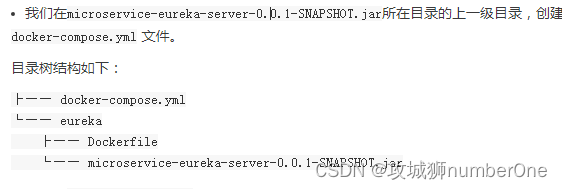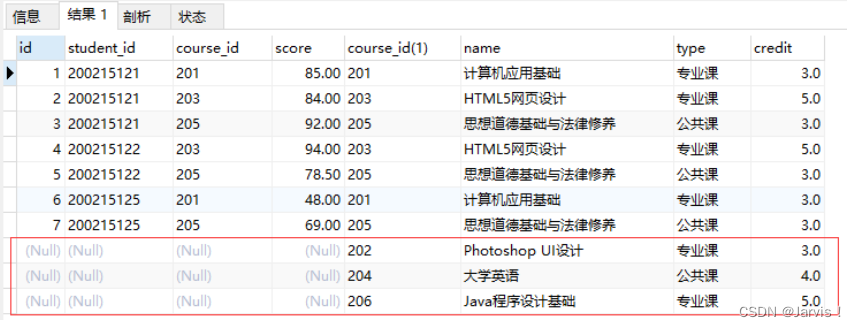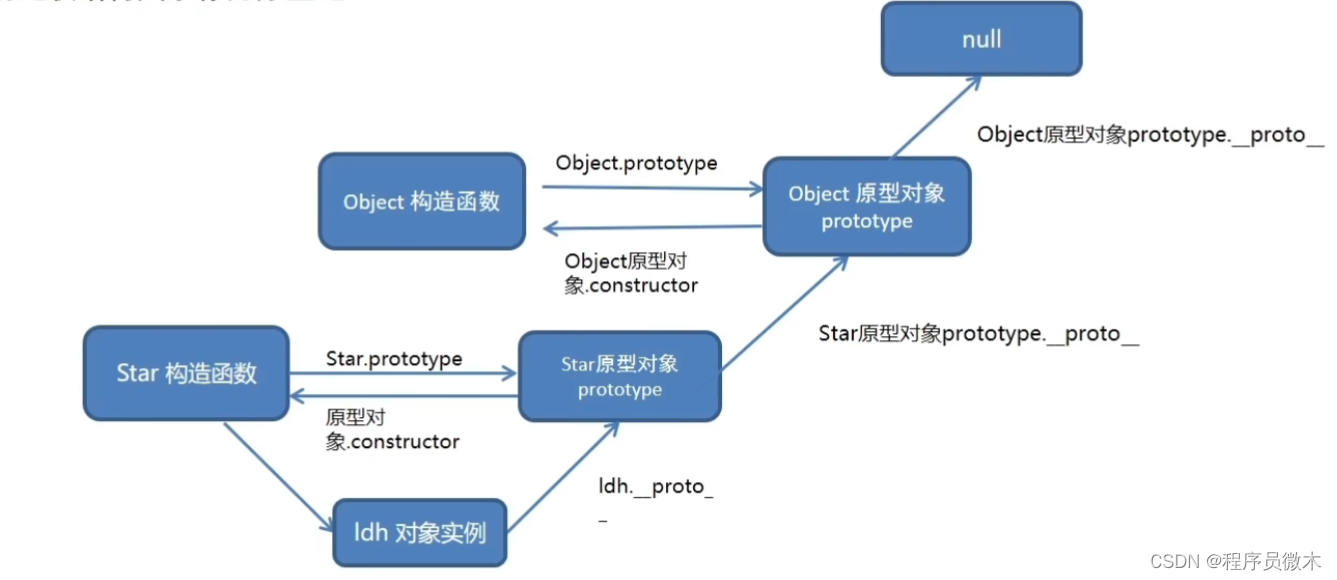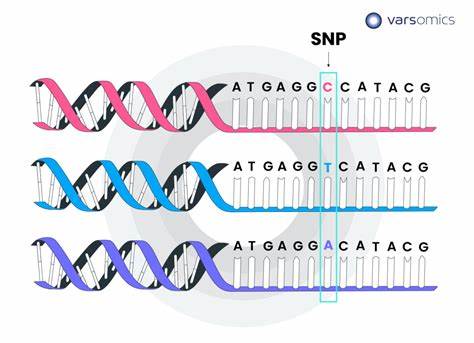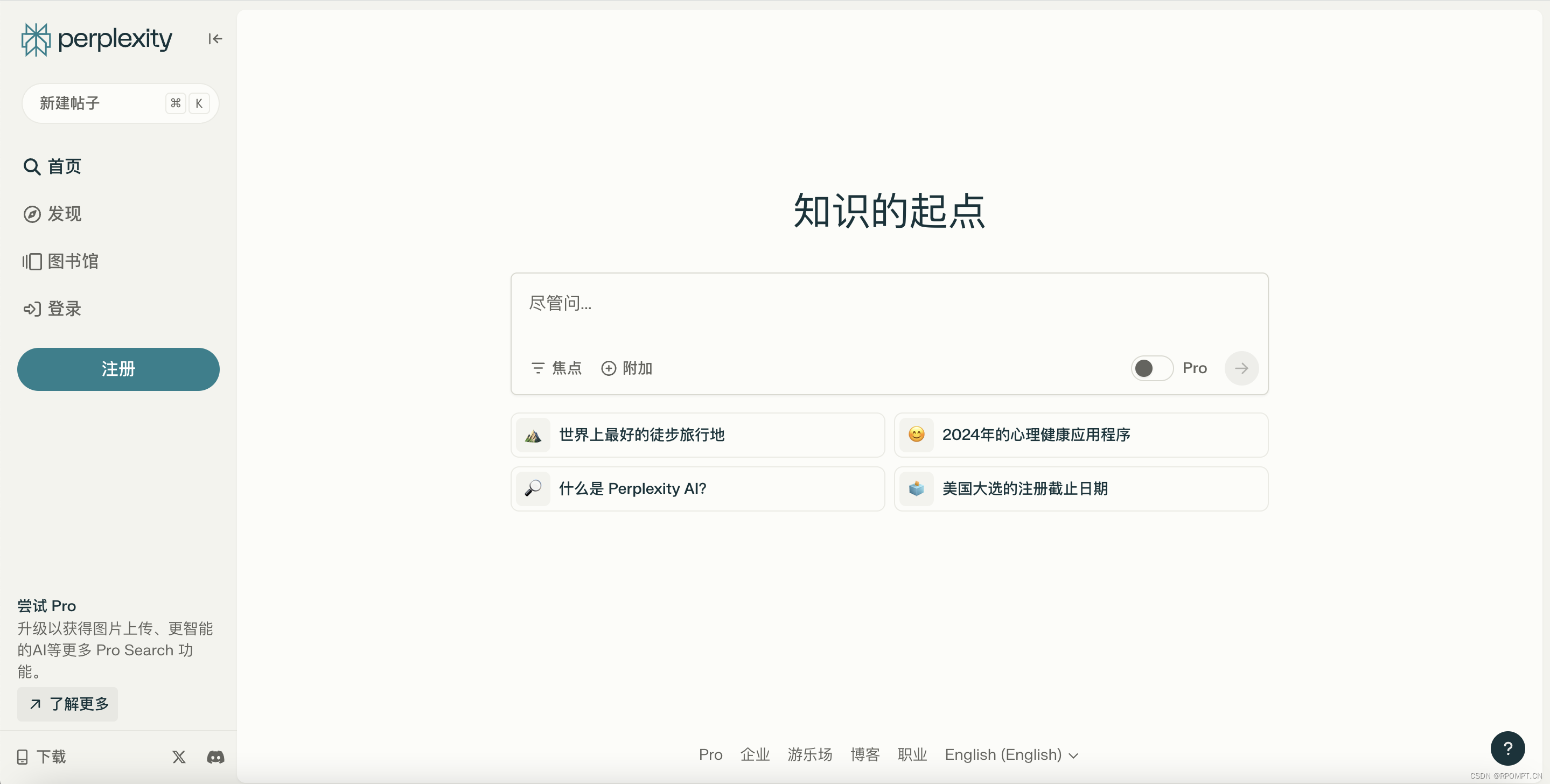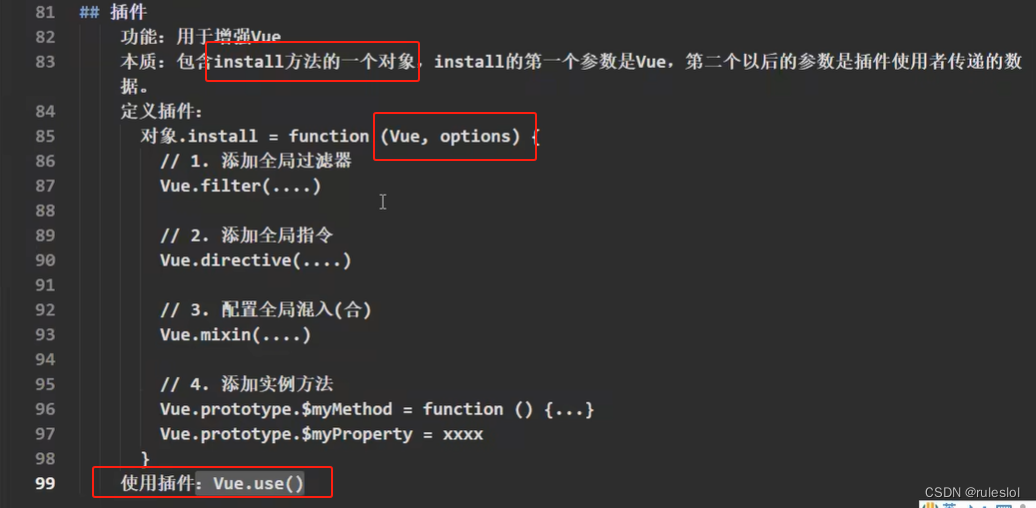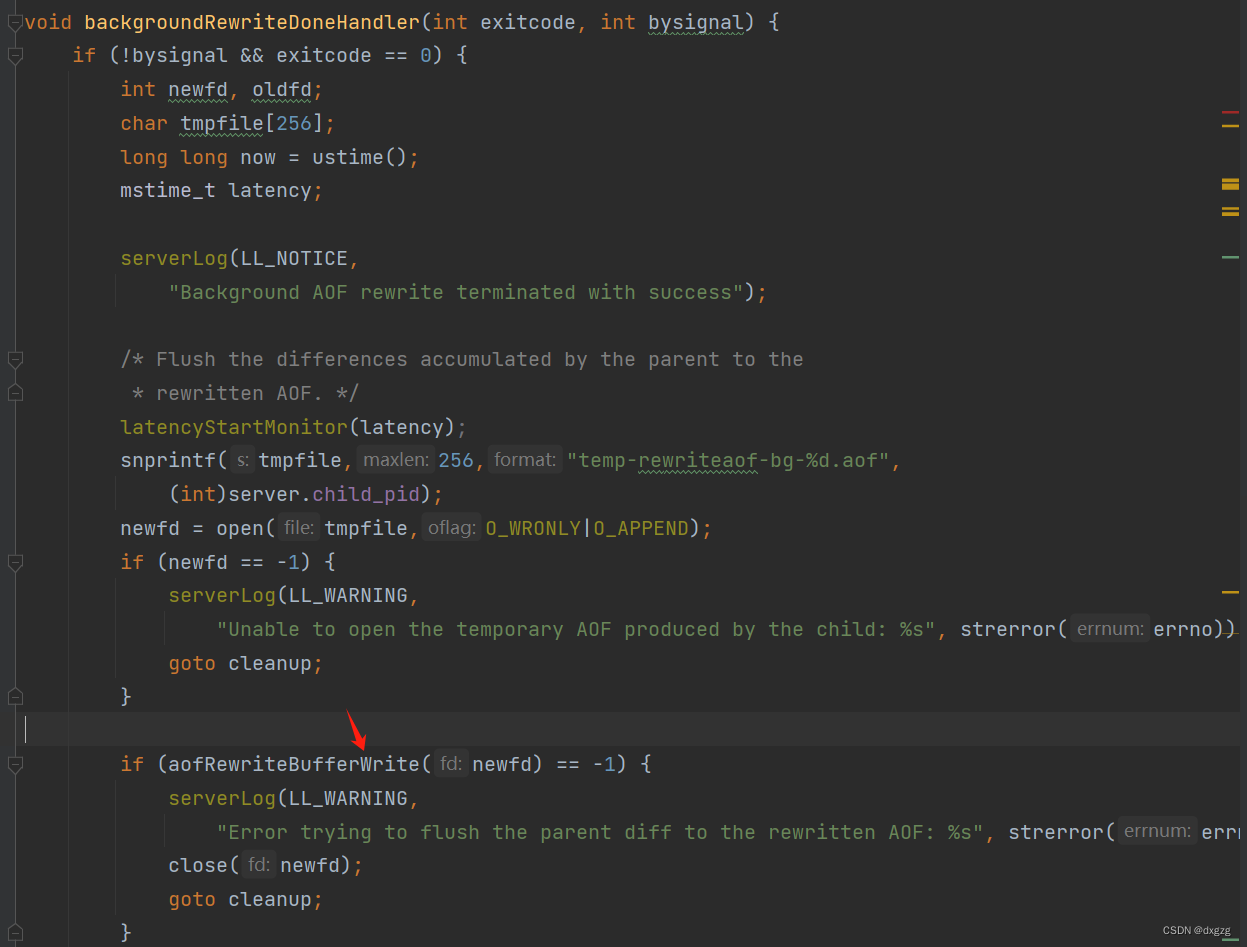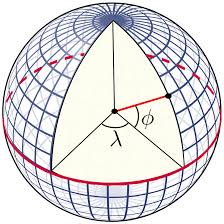需求
存在如下数组,实现一个算法通过输入区名,返回省->市->区格式的路径,例如输入西湖区,返回浙江省->杭州市->西湖区。
// 定义省市区的嵌套数组
const data = [
{
name: "浙江省",
children: [
{
name: "杭州市",
children: [
{ name: "西湖区" },
{ name: "上城区" },
{ name: "下城区" }
]
},
{
name: "宁波市",
children: [
{ name: "海曙区" },
{ name: "江东区" },
{ name: "江北区" }
]
},
{
name: "温州市",
children: [
{ name: "鹿城区" },
{ name: "龙湾区" },
{ name: "瓯海区" }
]
}
]
},
{
name: "北京市",
children: [
{ name: "东城区", children: [] },
{ name: "西城区", children: [] },
{ name: "朝阳区", children: [] },
{ name: "海淀区", children: [] }
]
},
{
name: "江苏省",
children: [
{
name: "南京市",
children: [
{ name: "玄武区" },
{ name: "秦淮区" },
{ name: "建邺区" }
]
},
{
name: "苏州市",
children: [
{ name: "姑苏区" },
{ name: "吴中区" },
{ name: "相城区" }
]
},
{
name: "无锡市",
children: [
{ name: "梁溪区" },
{ name: "滨湖区" },
{ name: "新吴区" }
]
}
]
}
];
分析
数据是一个嵌套结构,DFS 是一种合适的遍历方法。它可以递归地深入到每个节点的子节点中进行搜索。
但是需要考虑如果该节点下没有查找到的情况,则需要将该节点从path中去掉,继续遍历下一个节点。
- 将当前节点的名称添加到路径中。
- 如果当前节点的名称是目标区名,返回 true 表示找到目标,并保留路径。
- 如果当前节点有子节点,递归地对每个子节点调用 DFS。
- 如果在所有子节点中都没有找到目标,从路径中移除当前节点名称,并返回 false。
代码
// 定义DFS查找路径的函数
function findPathDFS(node, target, path) {
path.push(node.name);
if (node.name === target) {
return true;
}
if (node.children) {
for (const child of node.children) {
if (findPathDFS(child, target, path)) {
return true;
}
}
}
path.pop();
return false;
}
function findPath(data, districtName) {
const path = [];
for (const province of data) {
if (findPathDFS(province, districtName, path)) {
return path;
}
}
return null; // 未找到返回null
}
// 测试查找路径函数
const districtName = "西湖区";
const path = findPath(data, districtName);
if (path) {
console.log(`路径: ${path.join(" -> ")}`);
} else {
console.log("未找到该区");
}
结果:


